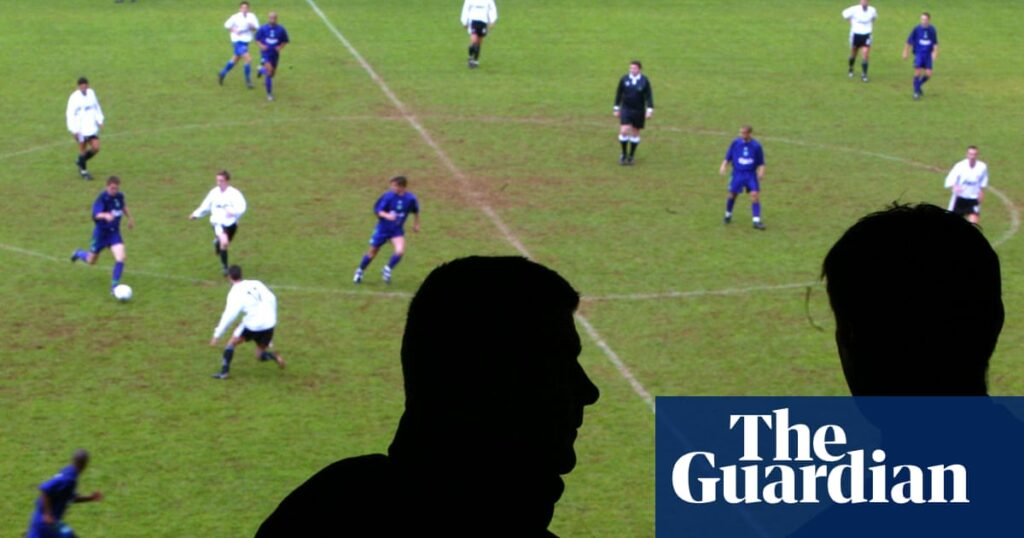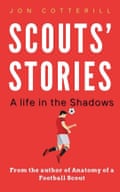
“I once travelled from Greece to Denmark to scout a goalkeeper. I went straight from the airport to the stadium, only for him to face zero shots. After away fans rioted, the match was abandoned, and the police had to intervene. My phone battery died, and I only made it to my hotel late at night, just in time for four hours of sleep before flying back. Despite the chaos, that game still provided valuable insights: I saw first-hand how much the home fans adored the player and observed his leadership and quality, even if all his shot-stopping happened in the warm-up.”
Here, then, is the life of those involved in one of the most misunderstood aspects of the game. Their stories reveal a side of football that rarely makes headlines – one of adaptability, forbearance, and sometimes, outright audacity.

A scout’s unique insights remain vital. Despite the efforts of clubs to measure every aspect of the game, unpredictability and randomness endure. Above all, football is a business driven by raw emotions. “I loved being a modern gladiator,” proclaimed the former Germany international Thomas Müller after his final outing for Bayern Munich. These human elements will never disappear, though the number of scouts involved will likely be streamlined even further, and the role might be reduced to confirming what the stats appear to indicate.
WhatsApp groups are full of yarns of the “one who got away” and talent “spotted in a park” driving back from a match. One of my favourite anecdotes comes from a scout in Australia: “I go early to games and do some research at a local watering hole. As it happened, the player I was meant to be watching turned up at the bar. I asked him why he wasn’t playing and he said he had taken a knock in training. He then had a curry and a few beers before heading off. Later, I was in the stands, and the footballer ran out with the team and was the man-of-the-match, scoring the winning goal. I did my report but I kept quiet about the two pints and biryani. He turned pro and had a long career, which still blows me away.”

Another cash-strapped, starry-eyed hopeful at the beginning of his scouting journey was so anxious to impress a big German club that he put himself in considerable danger. “I started as a youth-team analyst at a small club in Brazil and was on peanuts – around £50 per week,” he recounts. “As a 21-year-old I was desperate to show the Germans what I could do. I was so poor I couldn’t afford hotels for the late, midweek games or rent a car for the long-distance matches. The German club wouldn’t pay expenses, but I had a plan. I’d go in my everyday clothes, but in my backpack I had a Gaviões da Fiel shirt – the hardcore Corinthians supporters group, people you don’t mess with.
“After the game I put on the shirt and found a supporters’ bus going near my home, which meant a few hours singing and drinking with them. Another time, I went both ways on a Palmeiras ultras’ bus. I wore a Palmeiras top but the Corinthians shirt was still in the backpack. The two fan groups are huge rivals and I was fortunate that no one looked in my bag. If they had done, I’d have been in serious trouble. It was very risky, but I was prepared to do anything to become a scout.”
Technology’s rapid development promises a future where machine learning and AI revolutionise talent identification, making scouting more data-driven than ever. Some of the book’s contributors embrace these innovations. Many others mourn the potential loss of old-fashioned eagle-eyed spotters.
This is an edited extract from Scouts’ Stories: A Life in the Shadows, by Jon Cotterill



